Extraordinary experiences with raptors make for deeper thoughts (refreshed Nov 2022, Jan 2024)
I lie in a rowing boat, rod to one side, drifting across the lake in the Welsh mountains listening to brown trout rising. Gazing up, my eyes focus on two spots getting larger by the second…they loom into view, I realise it’s a peregrine stooping – its prey, with no cover in sight, a blur heading directly for me…..splash! The falcon, ripping air, veers off as a racing pigeon emerges from the water. It continues to bob nervously on the stern as I continue fishing with the pigeon until it makes a break for it.
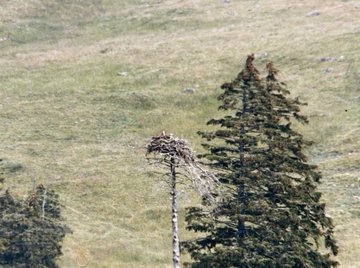
Squeezed, mobbed, bounced
Raptor moments are seared into memories. A sparrow hawk squeezing a song thrush to slow death in front of a transfixed office audience. A golden eagle pellet, still warm. A peregrine repeatedly bouncing a blackbird like a football in front of fascinated children walking to school. Being chivied by a landowner away from a secret osprey nest I stumbled on while walking in the Scottish hills forty years ago*.
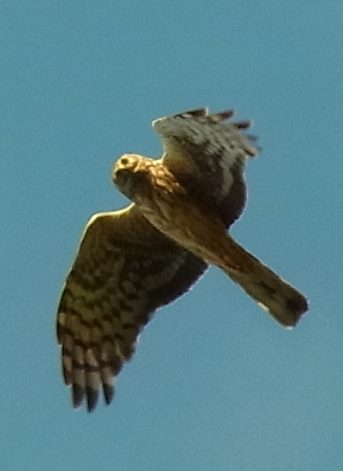
Close up, working with Langholm moor’s nesting hen harriers and weighing buzzards. Mobbed by hobbies while I swam illegally in a reservoir. A barn owl hovering feet from my face while out at dawn wildfowling on a Welsh estuary. While another one died in a Bedfordshire roadside field.
Curious on intra-guild
But I check myself. Our present fascination (and past fear) of birds of prey persists. But do we risk missing important conservation issues with unquestioning reverence towards raptors? How is nature operating in a far-from-perfect human-dominated habitat-modified and often depleted ecosystems?
The reintroduction of raptors is an attractive well-researched idea. Intraguild predation of native smaller raptor is an unattractive under-researched idea.
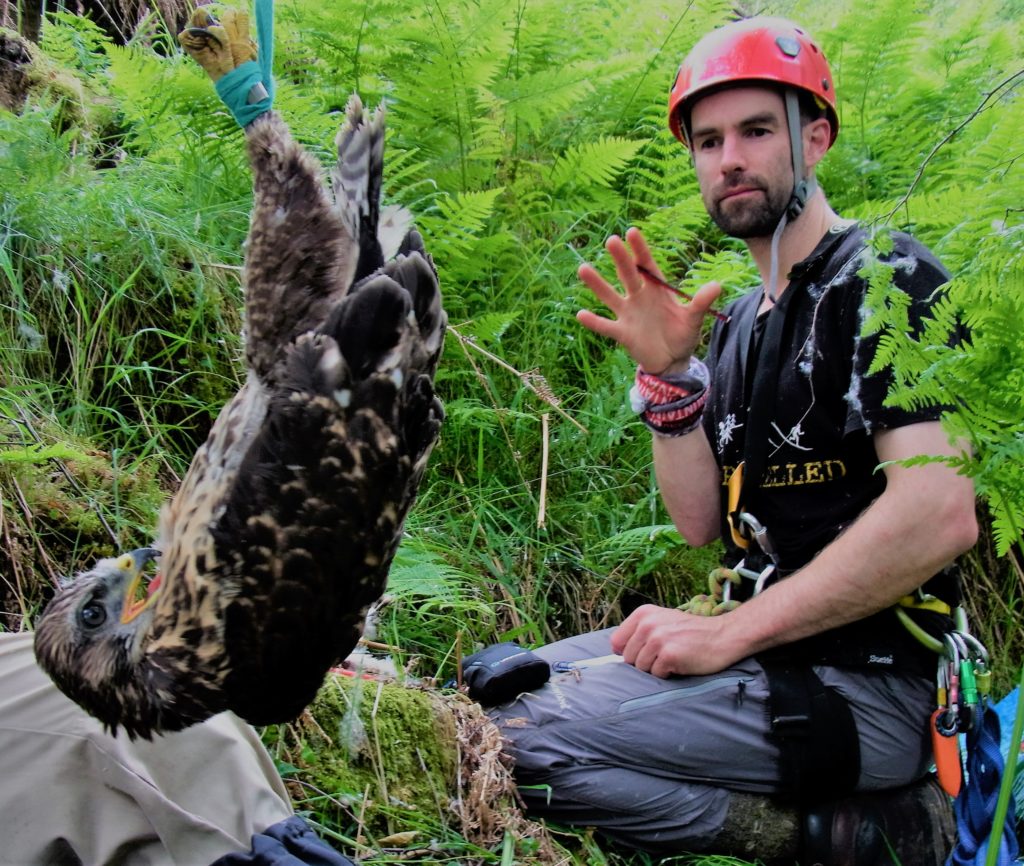
Kes is nervous
Raptors assemblages in the UK are changing. It may not be obvious intra-guild predation (blue on blue). But the ‘furtive’ kestrel I observed trying to stoop on field voles in a silage field was not the confident falcon I once knew: a languid group of red kites had instilled the ‘ecology of fear‘ into this diminutive bird. Anecdotal, sure. Pure correlation, yep. Red in tooth and claw, fine. A new mix of raptors, excellent. Oh, and keep an eye on other impacts from use of rodenticides to renewable target-crunching wind turbines.
But perhaps, as goshawk hunt kestrel, golden eagles snack on hen harriers and even white-tailed eagles, I suggest we might owe complex bird of prey interactions a little more research before some species drop too far below the conservation concern radar.
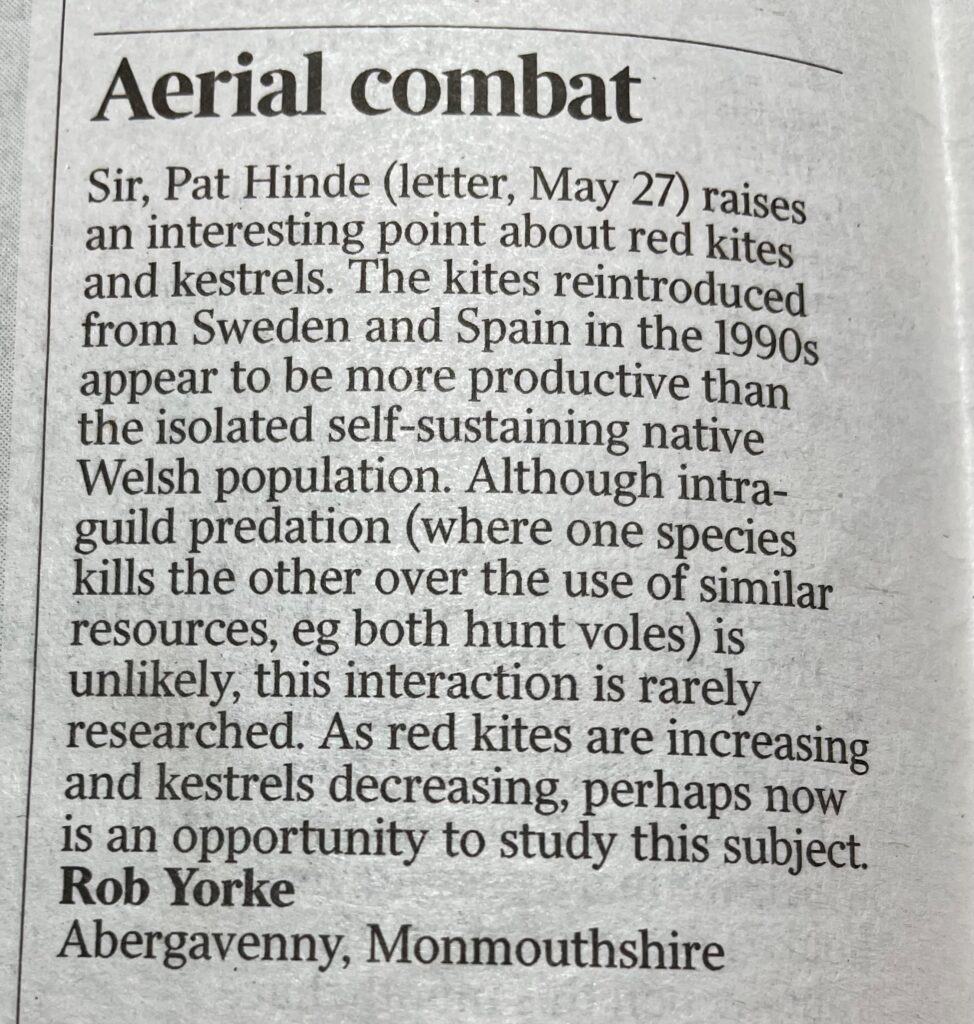
Addendum
Pingback to a blog on Raptors’ return (Sept 2023) and a vlog (Jan 2024)
50 years of Raptor Research, Newton (2017). Full pdf of paper marked * above
Raptors and grouse moorlands – 2020
My guest blog for RSPB on bird crime – 2016
Understanding role of large raptors in modified ecosystems
Do ‘well-fed raptors lay more eggs’? see Conservation Evidence research papers
some of my letters published in The Times: feeding red kites | kites and aircraft | WT eagle | barn owls
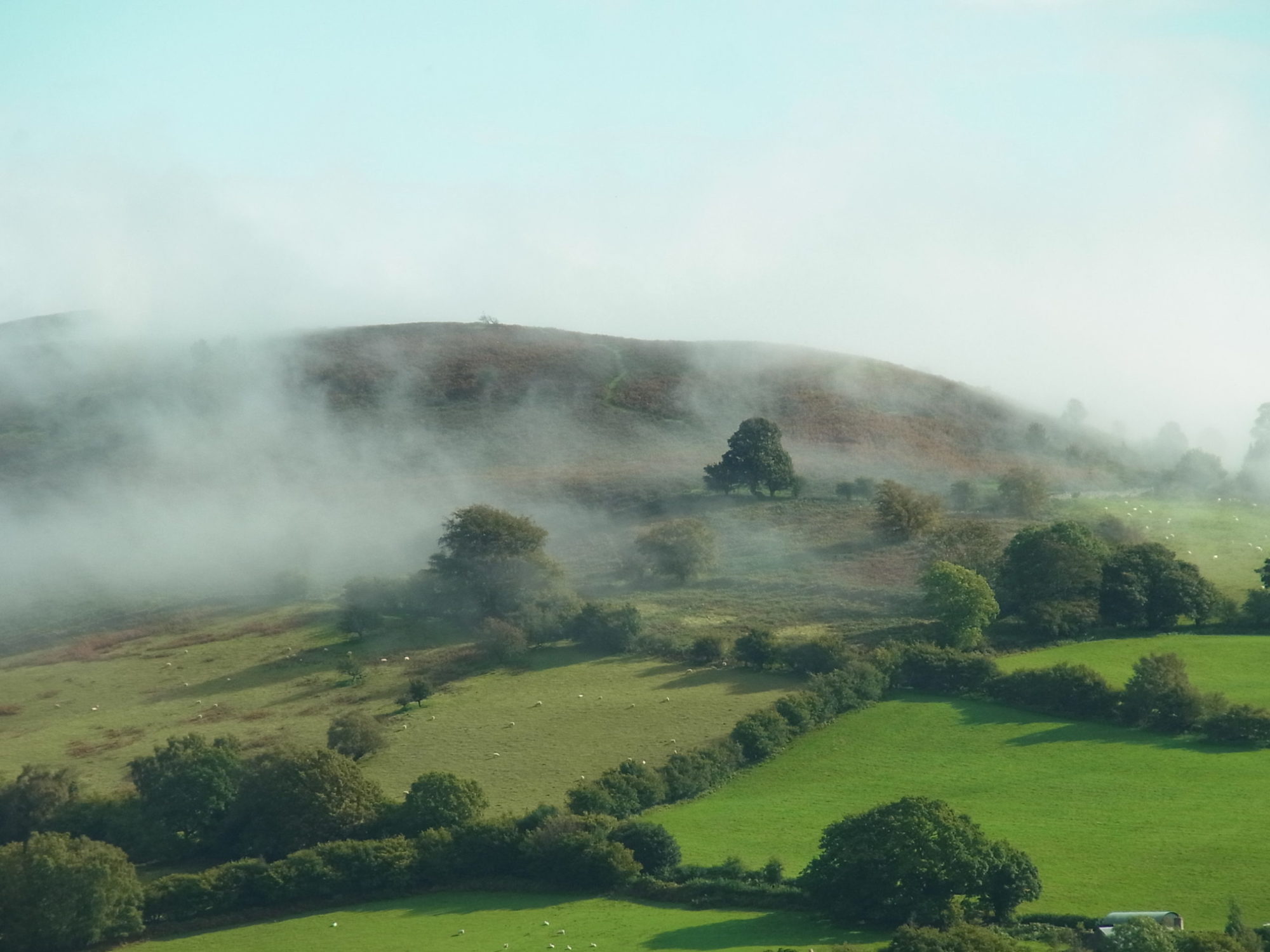
Most predators kill other predators. The seminal studies of wolf on Isle Royale recorded wolves abandoning pursuit of moose calves in favour of killing coyote, which were not eaten. Tigers kill diminutive wild cats. Lions kill cheetah and leopard. The list goes on closer to home and in my own experience: ravens take buzzard and red kite nestlings, tawny owls eat kestrel chicks (caught on nest cam), golden eagles kill peregrines (read the papers on peregrine reintroduction in the US Rockies) and I have seen a male sparrow hawk kill and eat another male sparrow hawk.
It’s what predators do. It would be one of the effects of predator reintroduction. So lynx in the Highlands would kill some sheep (bad thing), but they would also kill foxes (good thing) and roe deer (good thing). If I were a grouse keeper, I would want lynx on the moor.
This is not a new idea, we’ve seen this operate well on inland waters. We used to have mink everywhere. We now have very few mink and many more otters. Otters drive mink away and are a limiting factor in their population dynamics (lots of Russian papers on this subject). I’ve seen interactions between otter and mink and there’s no contest! So now we have lots of otters and lots of water voles and water rails which were decimated by mink. And we can still go fishing, lying around in boats while trout plop gently beside us …
Thanks for in-depth thoughts Dave. I have no problems with ‘red in tooth and claw’ (I celebrate it above) but we should be open about what possible outcomes there are at local scales, trade-offs involved and who makes that call. Last red squirrel in Wales knocked off by reintroduced goshawk, English pine martens eat invasive grey squirrels but finish off last few lapwings, a lynx comes across a wildcat (‘diminutive’ in its eyes….)
Nature unfettered. Love it. But let’s be more explicit about what’s on the table and collaborate more on making those calls without fearing judgement.
It set me thinking that it is probably only in the last 50 – 100 years that we have effectively eradicated all our enemies so no animal is capable of preying on us.
You have to walk out alone on the African Savannah or some other wilderness to put yourself in any danger of being hunted. Even then, a powerful rifle will see you safe. If a shark attacks one human, or a lion mauls a car passenger, the news reverberates around the world.
We seem to see ourselves as outsiders looking in at “nature”. Perhaps that’s why we can’t really make up our minds what the natural order is and how much to interfere..
The argument is wider. Biological agents do not stay put and once the genie is out of the bag the collateral damage is often bigger than the alternative method of control (think Cane Toad to control a sugar cane pest in Queensland (last see killing off wildlife in the Kakadu). Pesticides are broken down quickly within a year in general, even radioactive waste has a finite life but biological agents go on for ever.
For those who have walked in High Wycombe the Red Kites are truly stupendous and it is easy to see half a dozen in the air at one time (in that area the wealthy locals feed them on prime steak on their bird tables so they should thrive) but in my limited experience there is a surprising dearth of smaller field birds -not necessarily eaten (Red Kites mainly eat carrion) but hidden and no doubt stressed – is their decline hastened?
Incidentally read H is for Hawk – the writing is superb.